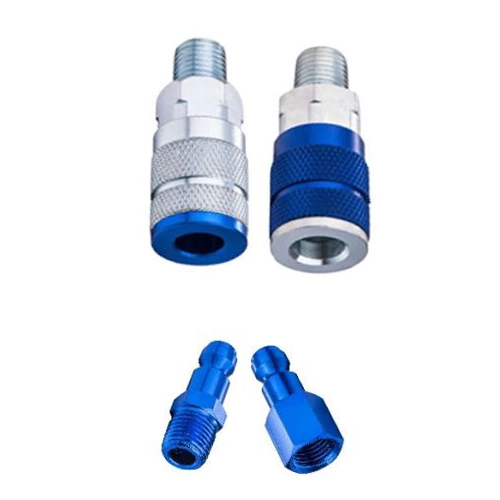To improve the machining accuracy of CNC turning parts, you can start from the following aspects:
First, optimize the accuracy of the CNC lathe itself
The use of high-precision components: such as the use of high-precision CNC machine tool spindle and spindle support (such as rolling bearings, hydrostatic bearings, dynamic pressure bearings, magnetic bearings, etc.), high-precision guide rails (such as plastic guide rails, rolling guide rails and hydrostatic guide rails), and high-precision transmission mechanisms (such as ball screw nut pairs).
Eliminate the gap of transmission components: Eliminate the gap of transmission components such as gears, ball screws and nut pairs by adjusting or using pre-tightening methods to improve the positioning accuracy of the machine tool.
Second, reduce sources of error
Tool management: the establishment of tool use management methods, the implementation of one knife one system, special management. Timely replacement of large wear tools and tool holders to avoid machining errors. At the same time, according to different processing requirements to choose the appropriate tool and cutting method.
Thermal deformation control: reduce heat source, adopt new motor and efficient transmission mechanism; Reasonable design of machine tool structure, improve the machine tool thermal deformation resistance; Improve heat dissipation and heat insulation conditions to reduce the impact of thermal deformation on machining accuracy.
Servo system optimization: Configure high-performance components for the servo system, such as the drive system. Adjust the relevant parameters of the servo system in time to reduce the machining errors caused by the servo system.
Process design: Optimize CNC turning program to reduce cumulative errors. Select the appropriate processing technology and flow according to the machining accuracy requirements of the parts to avoid the situation of too much empty space.
Third, implement error compensation
Software compensation: Using the software compensation function of the numerical control system, through real-time detection of the difference between the actual position and the ideal position generated during the processing process, the output compensation signal to the servo system to adjust the position of the moving parts, thereby reducing or canceling the error.
Hardware compensation: Adjust the partial size and mutual position of the machine tool mechanical parts according to the error variation to achieve the effect of reducing or cancelling the error. However, the flexibility and economy of this method are poor, and the effect of random error is not ideal.
Fourth, improve the skill level of operators
Systematic training: systematic theoretical and practical training for CNC lathe operators to improve their understanding and application ability of machine tool performance, processing technology, tool selection, etc.
Quality supervision: arrange special personnel to be responsible for the supervision of processing quality, timely discover and solve problems, and ensure the stability and consistency of processing accuracy.
Fifth, adopt advanced technology and tools
Use high-precision measuring tools: During and after machining, the parts are inspected with high-precision measuring tools to ensure that the machining accuracy meets the requirements.
The introduction of intelligent manufacturing technology: for example, real-time monitoring and data analysis of the processing process through the Internet of Things, big data and other technologies, timely adjustment of processing parameters and optimization of processing processes.
To sum up, improving the machining accuracy of CNC turning parts needs to start from many aspects, including optimizing the accuracy of CNC lathe itself, reducing the source of error, implementing error compensation, improving the skill level of operators and adopting advanced technology and tools. The comprehensive application of these measures will help to improve the machining accuracy and product quality of NC turning parts.





